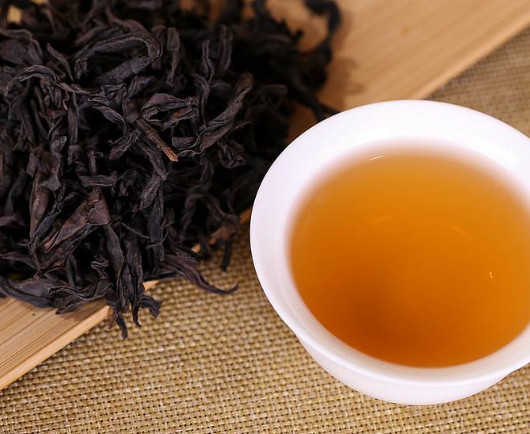Effect of Drying Technology on Main Volatile Compounds in Black Tea Processing
China is the first country in the world to use tea. In the Tang Dynasty, tea was spread to various ethnic minority areas in Northwest China and became a necessity for the local people's life. Tunnel belt Microwave Black Tea Drying Equipment
Tea quality mainly includes the appearance, soup color, taste and aroma of tea, among which aroma is an important factor to determine the flavor of tea, which is composed of a variety of volatile substances with little content.
Microwave drying machinery and equipment
Up to now, more than 700 volatile substances including alcohol, aldehyde, ketone, ester, acid, nitrogen and hetero-oxides have been separated from tea. Black tea, which belongs to the whole fermented tea category, is produced in the main tea producing areas of China, mainly divided into small black tea, Kungfu black tea and black broken tea. Black tea is made from tea buds and leaves by withering, rolling, fermentation and drying.
China was the first country in the world to produce and drink black tea, which was recorded in the Ming Dynasty. According to different processing technology, tea can be divided into six main types: non-fermented green tea, slightly fermented white tea and yellow tea, semi-fermented Oolong tea, fully fermented black tea and post-fermented black tea.
Many studies have shown that tea has many health benefits, including lipid-lowering, weight-reducing, blood sugar-lowering, cancer prevention, antioxidant and other properties. Therefore, the study of tea aroma has many potential applications.
Tea aroma is the result of the comprehensive action of various volatile components, is one of the important factors to measure the quality of tea, and is also an important basis for consumers to choose tea products. The formation and transformation of black tea aroma are much more abundant than other kinds of tea because of withering and fermentation process, and the volatile components are also very rich.
Black tea production process generally goes through four links: withering, rolling, fermentation, drying and so on. The withering degree requires that the fresh leaves lose luster, the leaves are soft, the stalks are continuous, and the veins are transparent. Wang Guifang et al. [5] showed that free volatile substances were formed by hydrolysis and release of endogenous glucosidase during withering.
After withering, the volatile substances such as hexanol and orange blossom alcohol increased, while the relative contents of linalool, geraniol and benzyl alcohol decreased. Rolling process is an important process of enzymatic oxidation of black tea. In this process, the conjugated carotenoids gradually change to the free carotenoids, which is conducive to their oxidative degradation.
Fermentation, commonly known as "sweating", is the most important link [6]. It refers to putting the rolled tea embryo in a basket, slightly pressurized, covered with warm water soaked fermentation cloth, in order to increase the temperature and humidity of fermented leaves, promote the activity of enzymes, shorten the fermentation time. Generally, after 5-6 hours, the veins of leaves are red-brown, which can be baked and dried.
